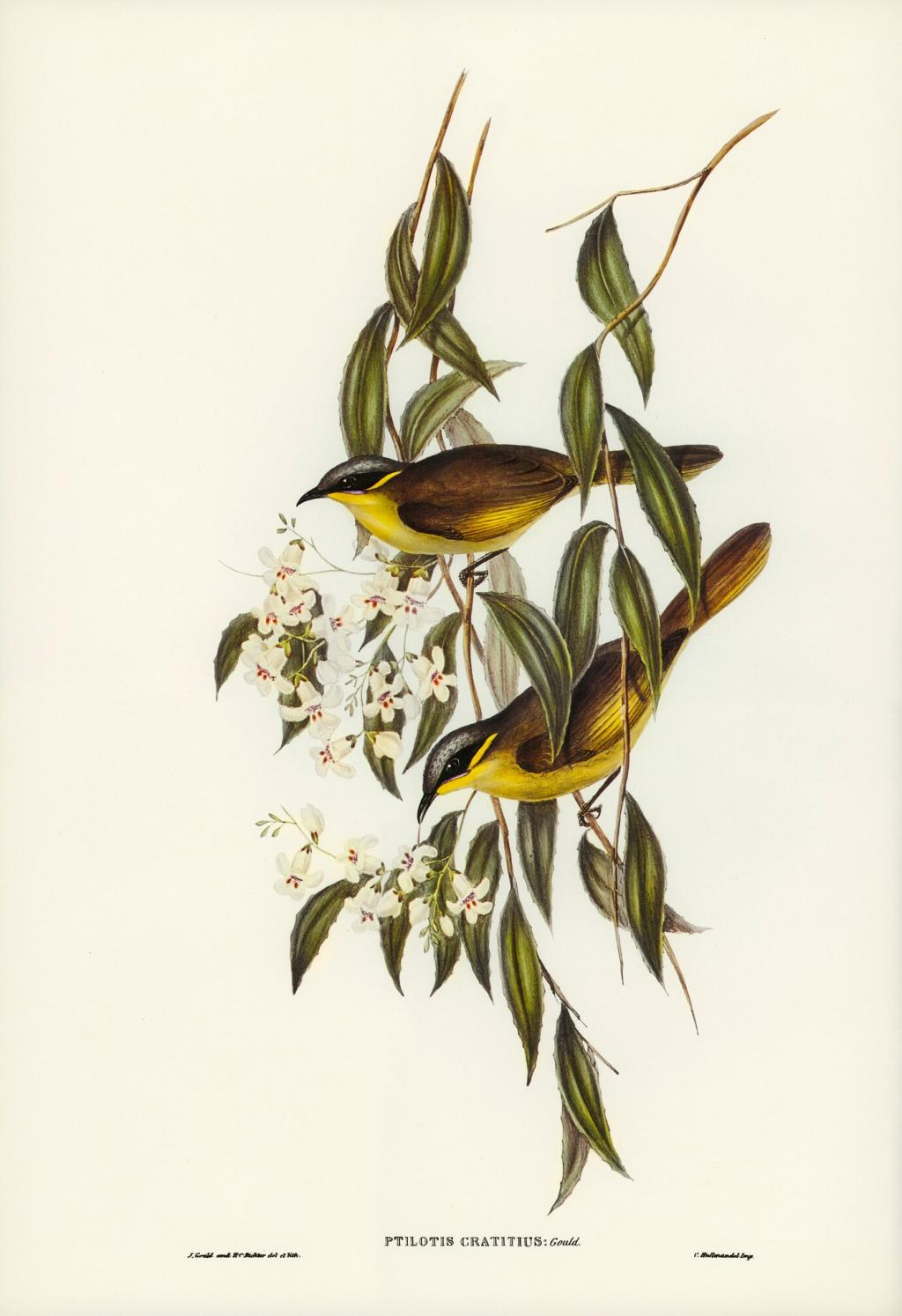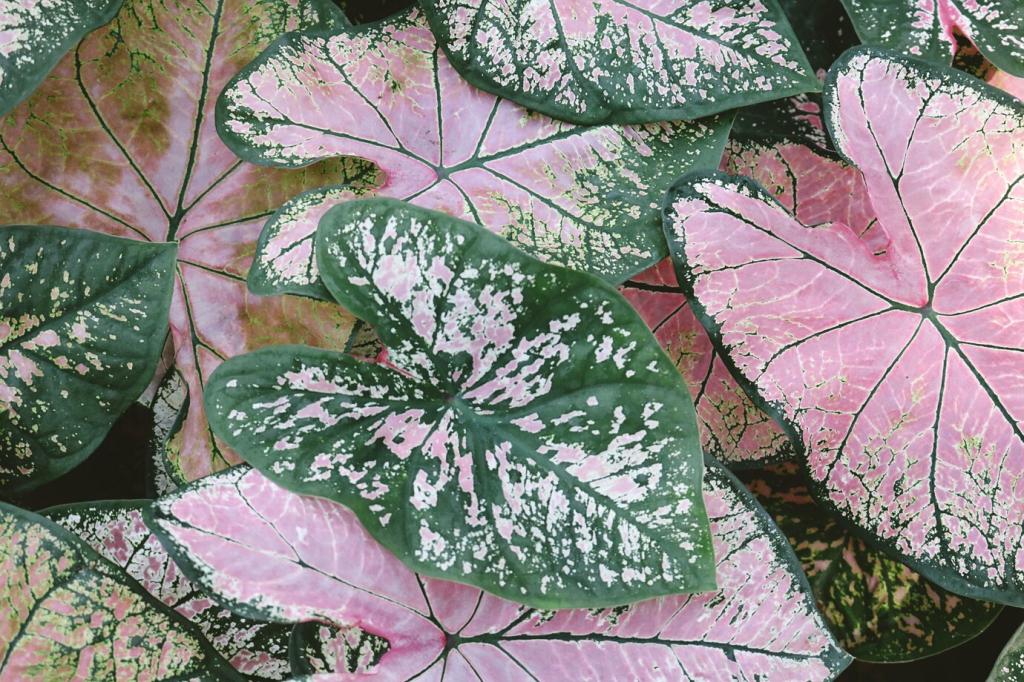Biophilic design is a transformative approach to interior and architectural design that seeks to connect people with nature within their living environments. By weaving natural elements into the fabric of our homes, we experience increased well-being, creativity, and comfort. This page explores how simple biophilic principles and thoughtful features can alter your space, making it healthier, more inviting, and deeply attuned to the rhythms of the natural world.
Understanding Biophilic Principles
The foundations of biophilic design extend from direct experiences of nature—like sunlight, plants, and water—to indirect forms such as natural materials and organic patterns. Design that mirrors nature can offer a sense of calm, helping to reduce stress and promote wellness. Understanding these principles enables homeowners to craft interiors that are not only beautiful but also responsive to basic human needs, fostering a sense of belonging and tranquility.
Historical Roots of Biophilic Spaces
While the term “biophilia” is relatively recent, the connection between humans and the natural environment is age-old. Historic buildings, from ancient atriums to Victorian conservatories, reflect humanity’s enduring effort to bring the outside in. Today’s biophilic design merges these traditions with new science, recognizing the importance of nature for physical and mental health, and drawing from centuries-old practices that celebrate sunlight, greenery, and organic materials.
Why Biophilic Design Matters Today
Modern living often separates us from the natural world, resulting in sterile environments that may diminish our vitality. Biophilic design offers a remedy by improving air quality, fostering focus, and even increasing creativity. As urbanization grows and lifestyles become more digital, the need for nature-connected living spaces is more pressing. Embracing biophilic design is about recharging our spaces—and ourselves—through the ever-renewing power of the natural world.
Bringing the Outside In
Daylight invigorates interiors, influences mood, and even affects our body’s rhythms. Maximizing exposure to sunlight can be as simple as arranging furniture to face windows or as ambitious as installing skylights. Translucent curtains, open floor plans, and glass doors help distribute light, while reflective surfaces amplify brightness. Purposefully designed lighting plans recreate the gentle transitions of dawn to dusk, echoing the natural world and enhancing comfort throughout the day.


Wood, Stone, and Earth Elements
Authentic materials like hardwood floors, natural stone countertops, and clay pottery ground a space in tactile reality. The natural variations in wood grains, stone veining, and hand-thrown ceramics speak to the uniqueness found in the wild. Using these elements not only enriches your home’s aesthetic but also provides durability and timeless beauty, deepening your connection to the earth with every interaction.

Soft Textiles and Natural Fibers
The feel of wool, linen, jute, or cotton against the skin echoes the comfort of resting in a meadow or lying beneath trees. Natural textiles offer breathability, warmth, and a subtle palette that complements organic design schemes. From area rugs to drapes and throw cushions, these fibers promote a sense of softness and accessibility that synthetic materials can’t match, while contributing to a harmonious, health-conscious environment.

Curved Lines and Organic Shapes
Nature is rarely rigid; its forms are flowing and irregular. Integrating furniture and architectural features with rounded edges, arched doorways, and asymmetrical contours transforms a home’s energy. These organic shapes invite movement and curiosity, disrupting boxy monotony and encouraging a mindset of exploration. This design strategy celebrates imperfection and diversity, mirroring the spontaneous artistry of the natural world.
